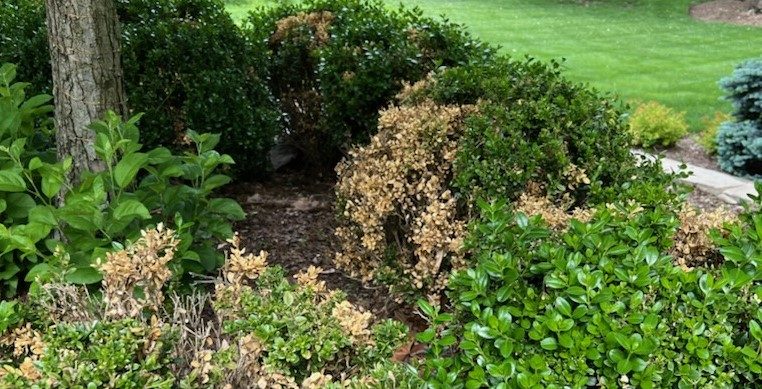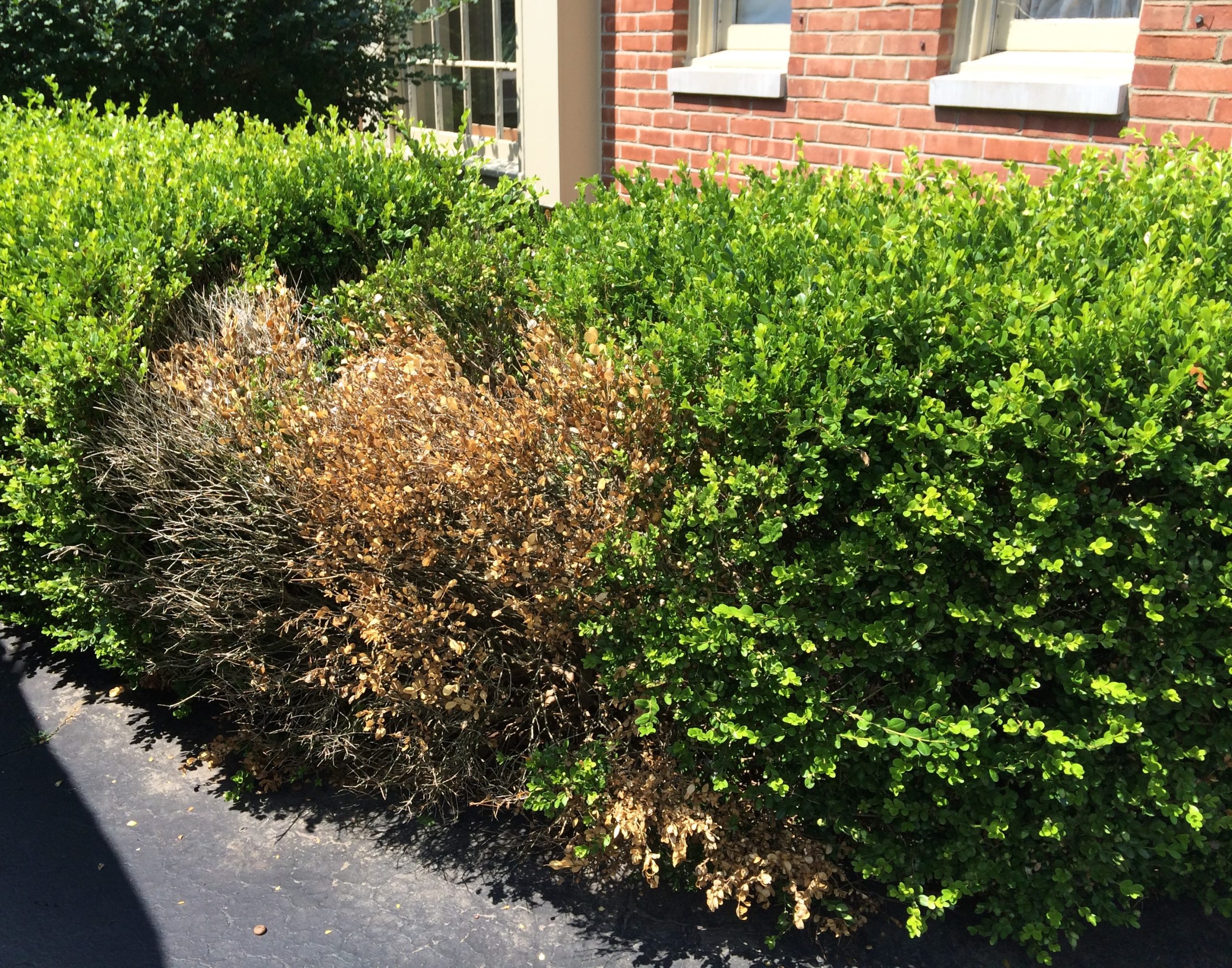It’s almost that time of year to start cleaning up ornamental beds. Some leaf cleanup has been going on since the end of August in many parts of Central, Western, and Southern Ohio due to the extreme drought causing early leaf drop. When there isn’t an extreme drought in your area, these cleanups are best done from mid-October through November, depending on your frost dates.
The benefits of a thorough bed cleanup are threefold: Your customer will have an aesthetically pleasing outdoor space moving into the winter, diseased or insect-infested debris is removed, and good preparation now leads to an easier and healthier spring for landscape plants.
Annuals should be pulled and completely removed with as much of their root systems as possible. Herbaceous perennials can be deadheaded or cut back significantly to prepare them for winter. Newly installed plants may need an extra layer of mulch to prevent frost heaving and protect new or shallow roots from freezing. Check with your customers to see if they prefer leaving ornamental grasses for winter interest or certain perennial seedheads to help feed native birds during the winter. Sometimes, these seemingly small questions will help strengthen your customer’s experience.
On deciduous woody ornamentals, such as small trees and shrubs, late fall is a great time to do corrective pruning. Corrective pruning includes removing damaged, diseased, or dead limbs and branches that rub on or cross over other main branches. This type of pruning helps reshape these trees and shrubs and create positive, healthy growth for years to come. Shearing shrubs or hedges is not recommended in the fall and is best done in late spring after new growth has flushed. Larger trees can be removed or heavily pruned later into winter (January and February) once the ground has frozen.
Once ornamental beds have been cleaned up and you know this customer will be your customer next year, do yourself and your team a favor by putting down a bedding pre-emergent such as Snapshot or Crew to prevent winter weeds from taking away man hours and money next spring. Cleaner beds in the spring will make mulching a much faster process.
This time of year is also perfect for deep root feeding or root drenching with water-soluble or liquid fertilizer, which can be done quickly and easily once beds are clean. Foliar-Pak products such as Grow-In, Chloroburst L, Colonise Bio LTO, and Bio 12-6-6 can be used separately or combined in different variations depending on plant needs. Newly installed plants (less than six months) would benefit from a Grow-In and Colonise Bio LTO combination, and established plantings may only need Bio 12-6-6 or an add-in of Chloroburst L. Fall fertility in ornamentals, similar to turf, helps guarantee a better spring after a stressful year.
The better cleanup and maintenance you do to ornamental beds now, the better spring you, your staff, and your customers’ plants will have next year.













